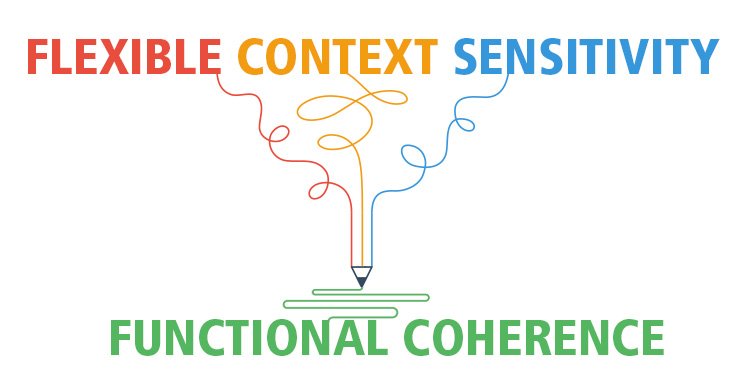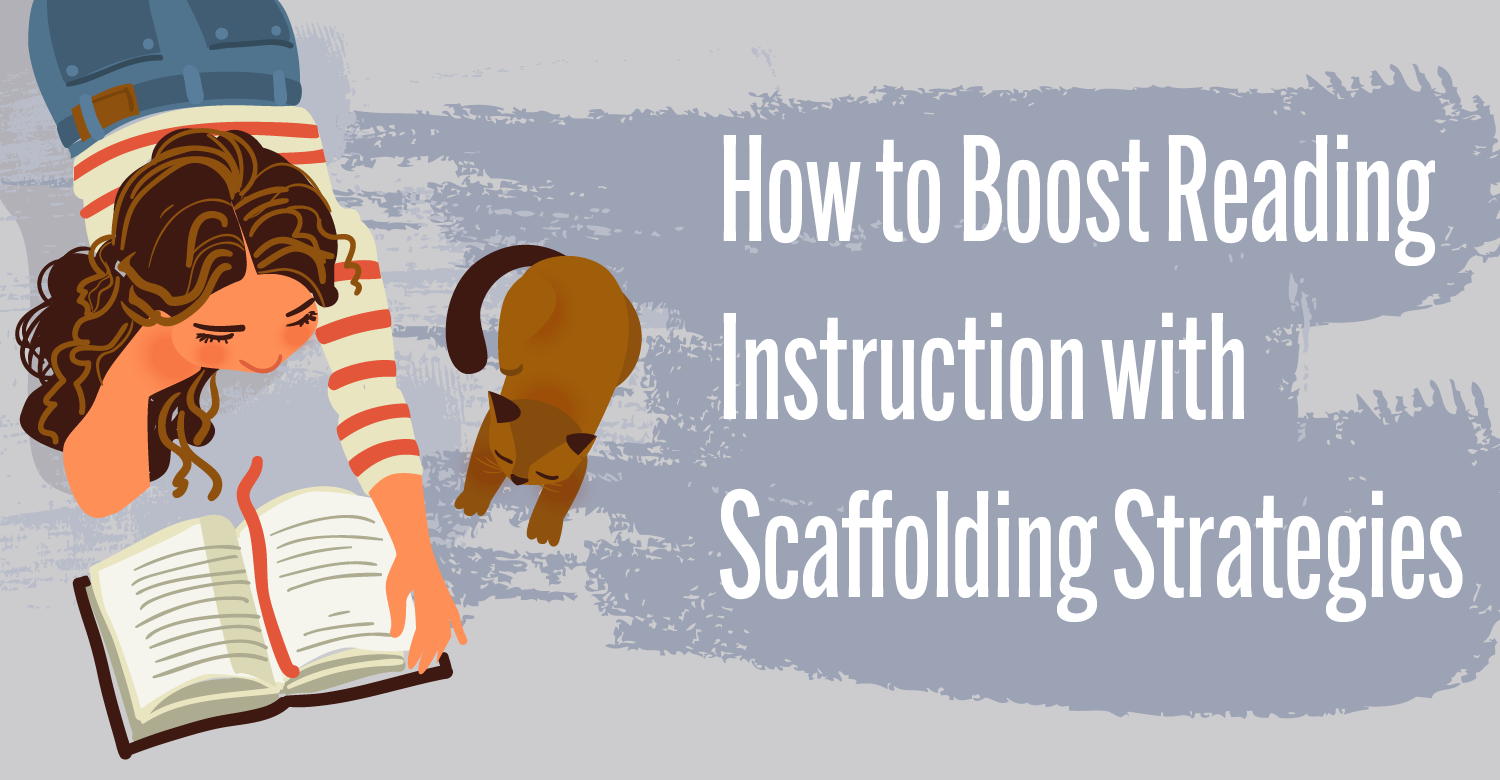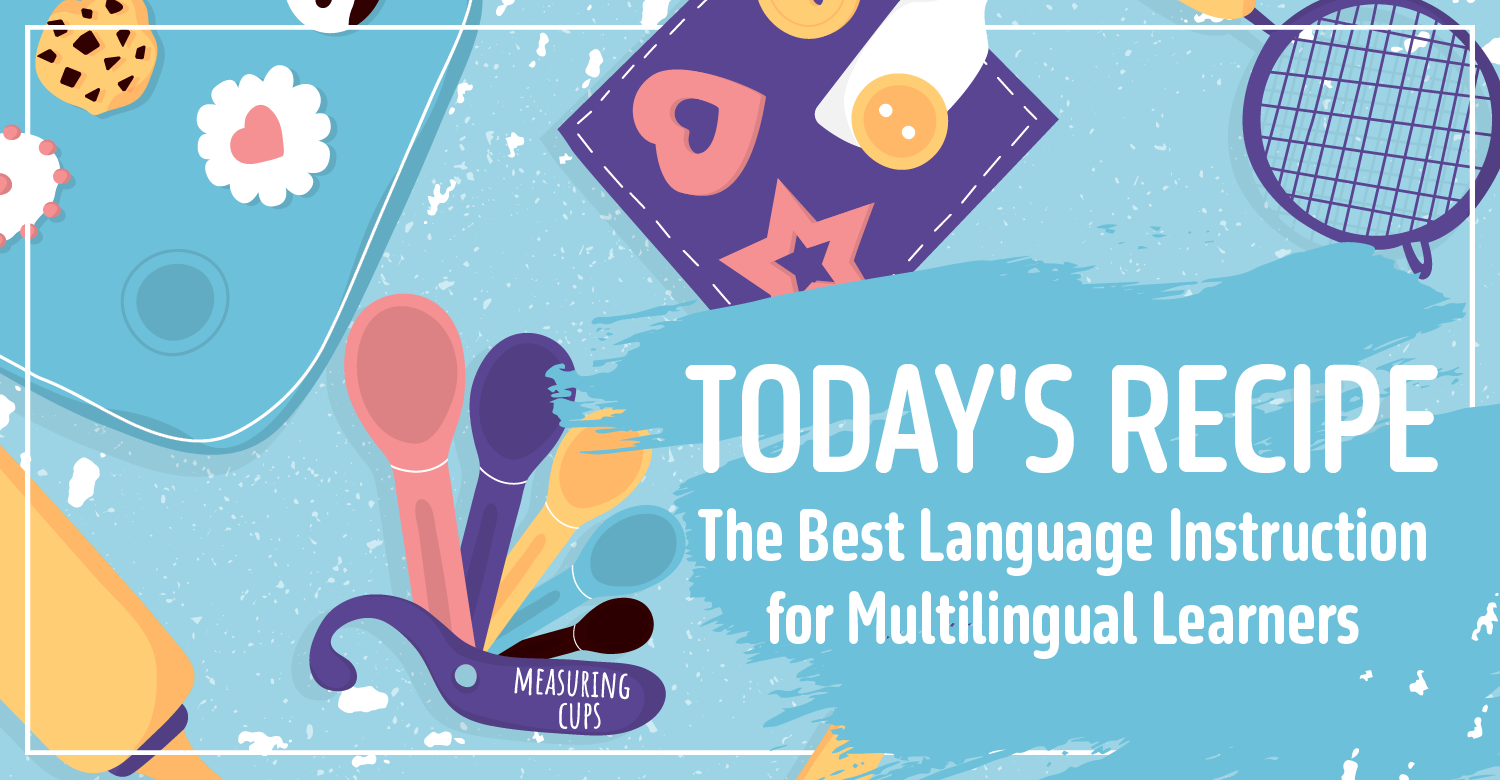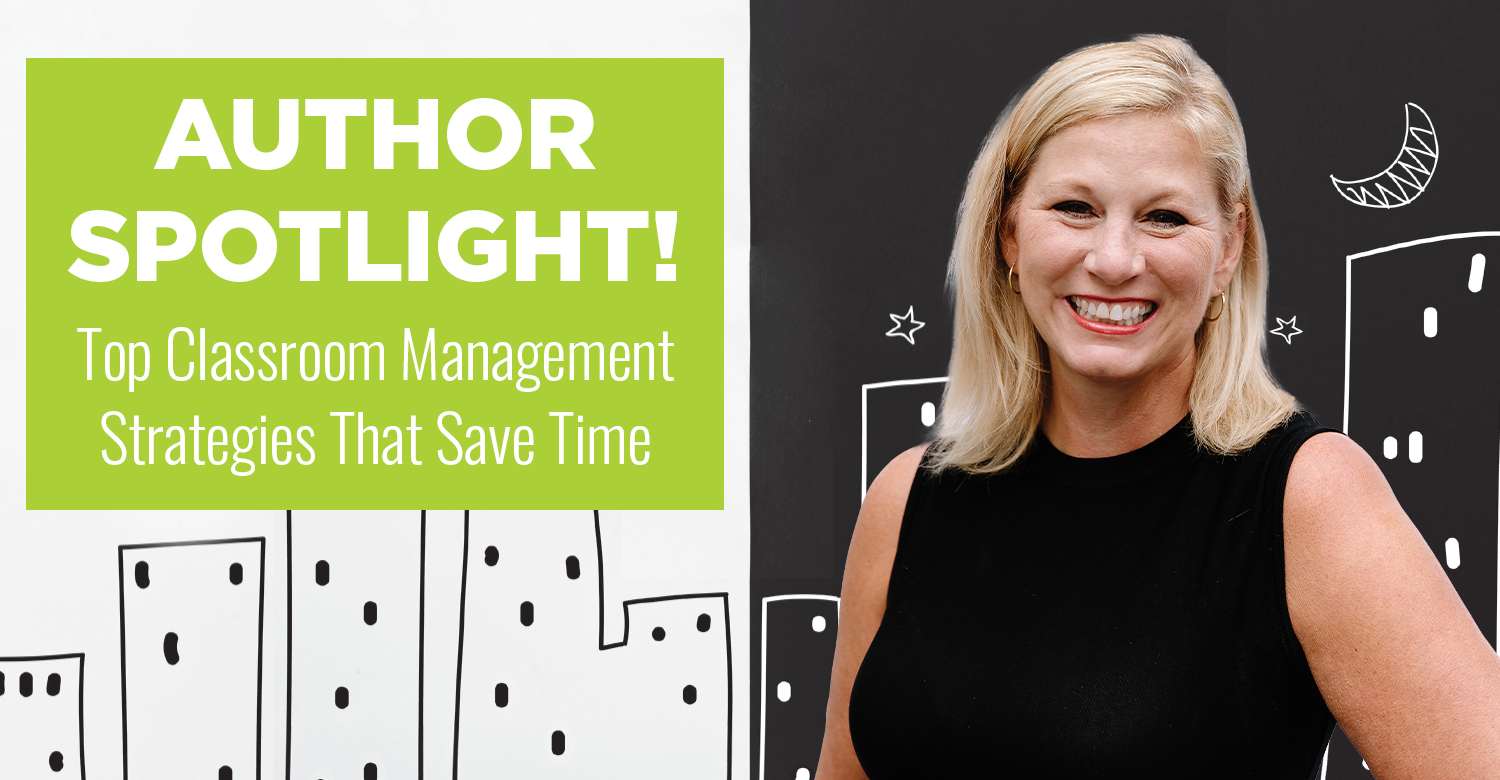Based on the book EMPOWER Your Students
Fostering Flexible Context Sensitivity and Functional Coherence
Students at my school do lots of projects. They choreograph dances, design experiments to see what affects plant growth, and give talks about Nobel Prize–winning women. In math, the sixth graders map food deserts to learn about the concept of a radius. One time in science, the eighth graders built a potato cannon. Preparing for a test is a project. In English, we do writing projects.
During the first half of the year, I demonstrate strategies for generating material, organizing ideas, drafting, revising, and editing. My students practice these strategies together, multiple times over different assignments, until they get good (enough) at them. But if I keep telling my students exactly what to do, they won’t learn to notice what they need to accomplish or choose strategies that get them there.
These capacities—to notice what’s going on and choose what works—are what the psychologists Matthew Villatte, Jennifer Villatte, and Steven Hayes (2015) call flexible context sensitivity and functional coherence. For students, having flexible context sensitivity means noticing factors that might influence their actions, such as assignment guidelines, prior experiences with similar tasks, their thoughts and emotions, their physical and social needs, racial and gender dynamics in the room, current events, and even the weather. Behaving in a functionally coherent way means choosing to do what serves their values in that context—not what’s easiest or most fun, not what makes them look good or sound smart, and not what helps them avoid unpleasant feelings like boredom, frustration, or anxiety.
Projects are great opportunities to learn flexible context sensitivity and functional coherence. Here’s how that looks in my classroom during second semester writing projects.
Using Work Periods
Once students understand their assignment and have chosen a topic they find meaningful, I give them work periods: class time to reach the expected level of quality. I begin by asking, “What are some productive ways to use this time?” My students typically come up with strategies we’ve practiced together.
- Write more.
- Have a peer reviewer highlight parts that make them curious or confused and write their questions. Use the questions to help you add more imagery.
- Have a peer reviewer highlight what stands out and write their reactions. Use the reactions to help you add to the important parts and cut less-important details.
- Have a peer reviewer say the deeper messages or values that are getting across to them.
- Read your work out loud.
- Find parts you want to emphasize, and incorporate repetition.
- Find parts you want the reader to experience more fully, and incorporate onomatopoeia.
- Find parts you want the reader to understand, and incorporate creative similes.
- Read more examples in the genre.
- Look back through your notebook for material you can use.
- Do more generative writing, using the prompts on the website.
- Free-read.
As we make the list together, the students write it in their notebooks for reference.
“Look over your list of ways to spend the work period,” I say. “Which sounds most appealing—something you most feel like doing right now? Mark that one in some way.”
Then I say, “Which sounds most useful—something you think you need to do at this point, in order to make your writing better? Mark it another way.” Asking about what’s useful after asking about what’s appealing honors their preferences and helps them notice that what’s meaningful isn’t always what they’d prefer.
Finally, I say, “Which sounds most different—something you don’t usually do at this stage of your writing process? Mark it yet another way.” Instead of urging students to try something—which elicits resistance and makes them feel like they’re wrong—I try to get them curious about new possibilities.
“From the strategies you’ve marked, choose one to use today, and let’s see what happens.”
When Students Struggle to Choose What They Need
Even with this lesson, some students pick whatever strategy is the least effort, the most familiar, or the one they happen to feel like doing. When they avoid the challenge of meaningful revision, I ask questions one-on-one. Tell me about how you decided to peer review today. Where have you struggled in the past? How will your reviewer’s feedback help?
Weaker students sometimes have no idea what to work on. I ask them to look at feedback on past writing, so they can identify their own growth areas. That way, if they’re not ready to choose a strategy and I have to suggest one, I can connect it to something they said: You mentioned that you’re working on adding more imagery, so I’d recommend doing more generative writing. Do you remember where to find the prompts?
Still others check with me to make sure every tiny decision they make is “right.” Is it OK if one of my poems is two pages long but the rest are only a few lines long? Is it OK if my thesis is in my last paragraph? Is it OK that I haven’t peer reviewed? I’m peer reviewing again—is that OK?
“Is it OK if” questions (and their cousins, “Will you take off points if” questions, which are funny because I don’t use points) signal that the student is focused on getting praise and a good grade rather than developing an effective writing process. When students seek my approval, I ask questions to help them make the decisions themselves. How long are the poems in the book? How does each paragraph lead to your thesis? If you do peer review, what kind of feedback will you ask for? I often end up saying that if they make a choice, something good will happen. Either they’ll choose something makes their writing better, or they’ll choose something that won’t improve their writing much, but then they’ll learn what doesn’t work.
And of course, there’s always a student or two playing with fonts, whispering to friends, and maybe getting in a game of slither.io. I used to have students position their screens so I could see them, but the system didn’t work because I’m always busy conferencing with students. More importantly, if I police them, then they’ve lost the opportunity to discover how their choices impact them and make new choices that better serve them. If a student disrupts others or constantly avoids the task, we have a longer (private) conversation about whether their behaviors work.
Assessing Students’ Choices
The next day, I ask them to copy the sentence starter, “Last class, I ___ because…” They fill in the blank with whatever they did during the last class and complete the sentence by saying why they made that choice. Then, they reflect on how it went: “How did it help you as a writer? How did it improve your piece of writing? Or how didn’t it?”
They repeat the process by writing about what they did at home: “For homework, I ___ because…” They often say they built upon the work they did in class, for example by proofreading what they’d written that day. Students who didn’t work on their projects at home write, “For homework, I did nothing because…” Why did they make that choice? How did doing nothing help their piece of writing and their development as a writer? (Sometimes, a break helps a lot!)
Finally, they write, “Today I will ___ because…” After assessing their previous choices, they often make better ones. They spend the period using their chosen strategies, and during the last few minutes, they reflect on how it went.
Like every other skill, developing flexible context sensitivity and functional coherence takes time and practice. Sometimes I give in and tell students what to do so they can succeed on their projects. But I try my best to help them notice and choose for themselves. Doing that requires me to notice and choose what works, given the short-term goals for the assignment and long-term goals for each learner. In this way, projects become opportunities for teachers to develop our flexible context sensitivity and functional coherence too.
References:
Villatte, M., Villatte, J. & Hayes, S. C. (2015). Mastering the clinical conversation: Language as intervention. New York, NY: Guilford Publications.
[author_bio id=”1365″]







